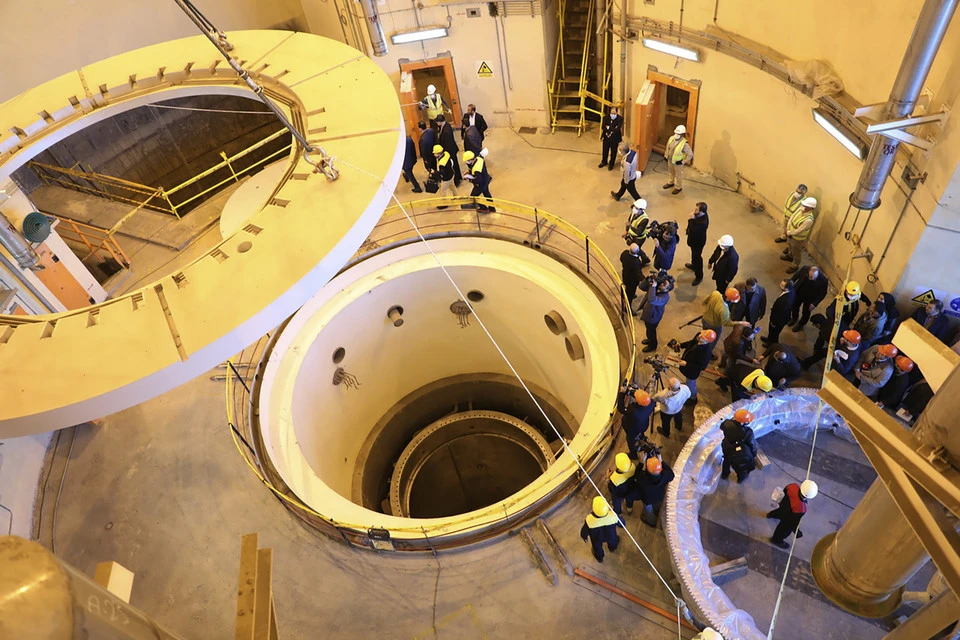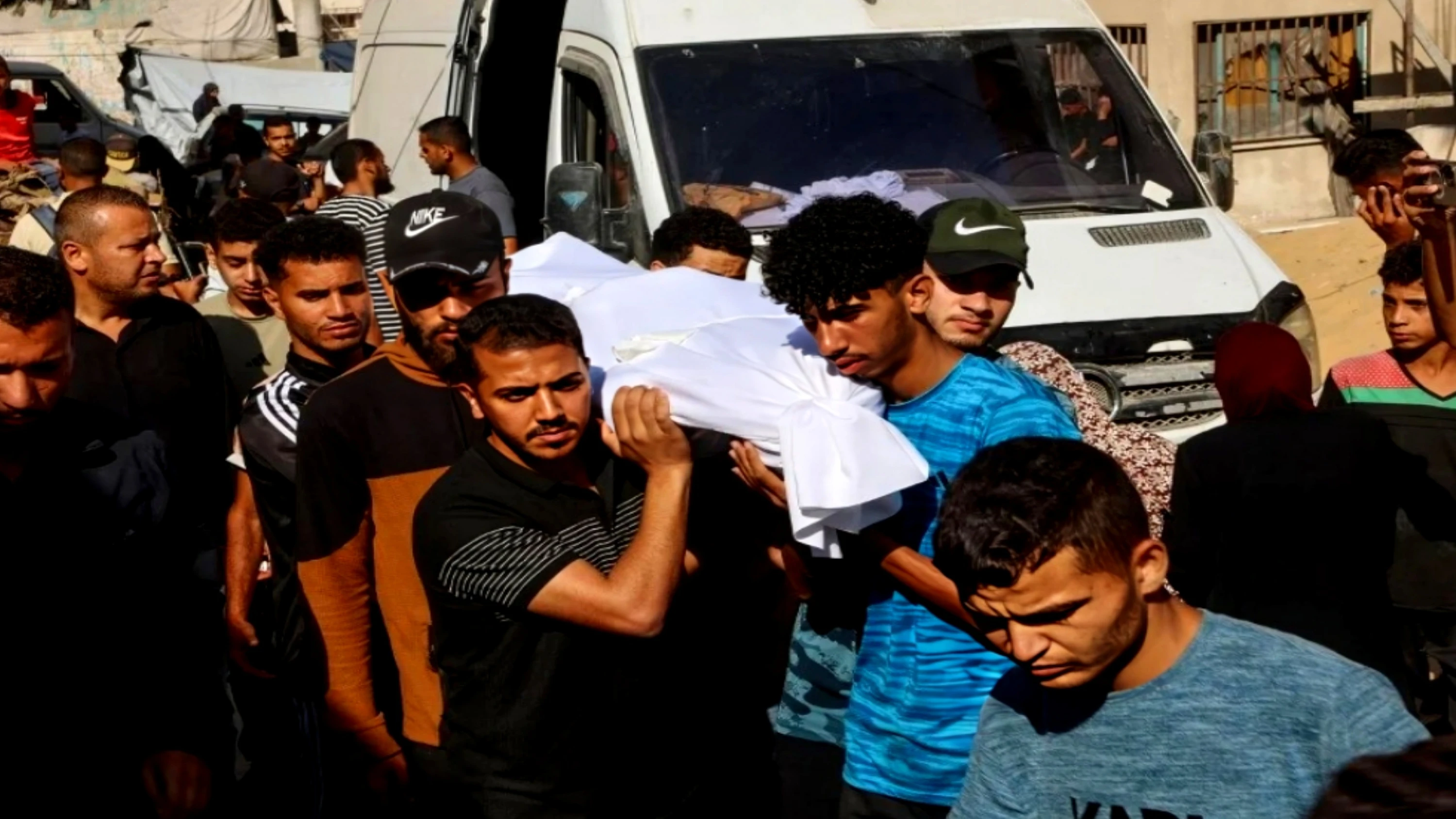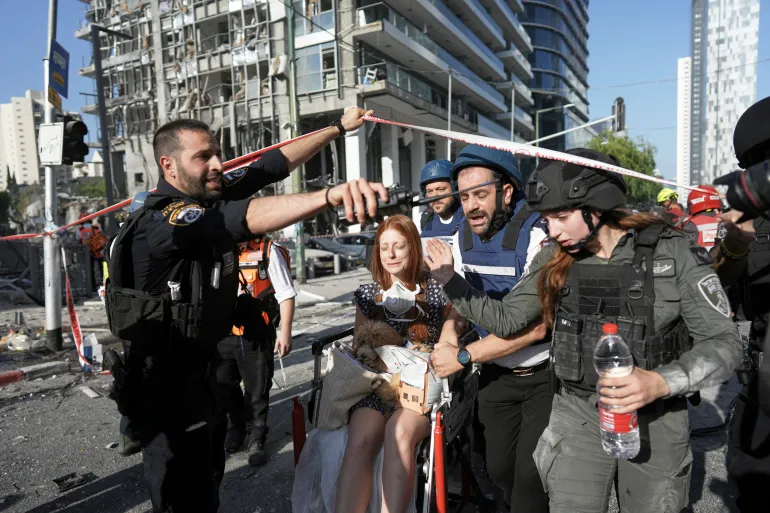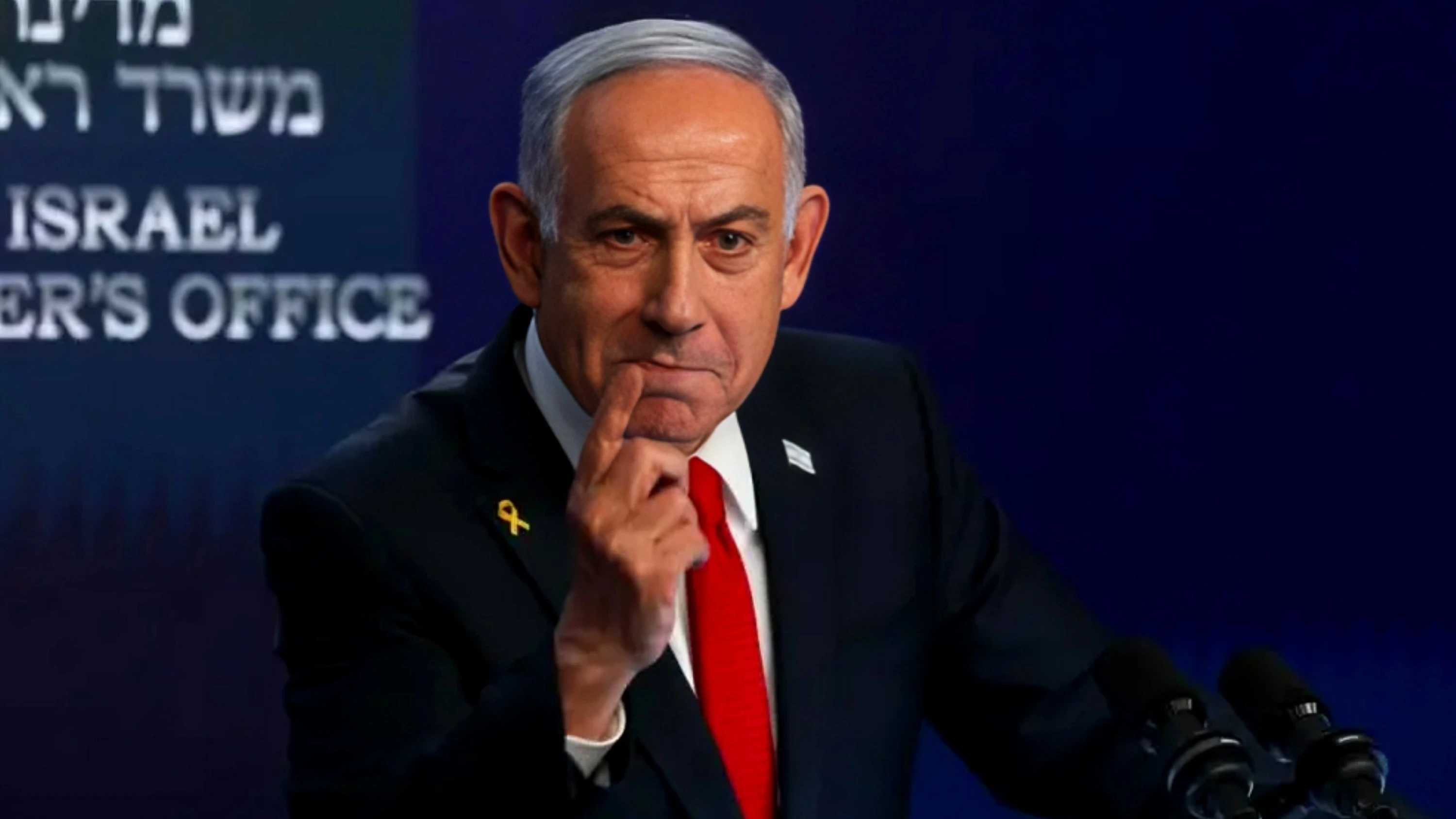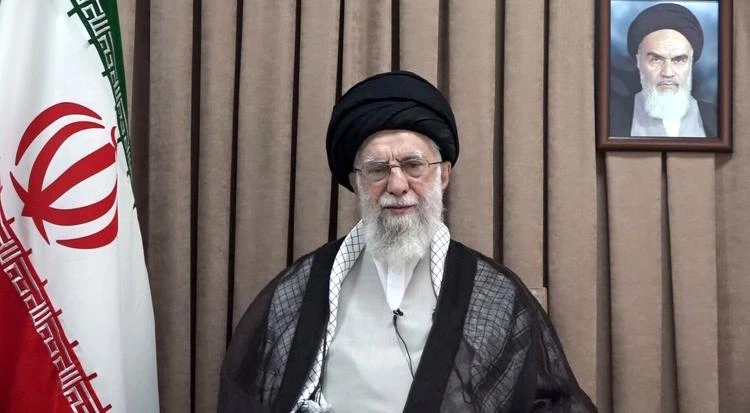Jerusalem: In a significant escalation of the conflict between Israel and Iran, the Israeli military has confirmed that its fighter jets launched overnight airstrikes targeting key nuclear and military infrastructure deep within Iranian territory. Among the primary targets was the Arak heavy water reactor, a facility long viewed by Israel as central to Iran’s potential plutonium-based weapons development.
The Israeli Defense Forces stated that the mission specifically aimed at damaging the reactor’s core seal—an essential component in the plutonium production process. By targeting this critical structure, the operation intended to disrupt what Israeli officials have repeatedly described as Iran’s clandestine nuclear weapons ambitions. The airstrikes reportedly extended beyond Arak, reaching the nuclear development site in Natanz, another location central to Iran’s uranium enrichment efforts.
In addition to nuclear sites, Israeli fighter jets also struck a series of factories allegedly involved in manufacturing parts for Iran’s ballistic missile program. These facilities, located across multiple provinces, are said to produce key components such as propulsion systems and guidance mechanisms, which Israel argues directly threaten its national security and regional stability.
The strikes follow closely on the heels of Iran’s missile barrage against Israeli cities, including the damaging hit on Soroka Medical Center in Be’er Sheva. Israeli leadership, already vowing retribution, appears to have chosen targets with strategic and symbolic weight. While Iranian officials have not yet fully confirmed the extent of the damage, they have accused Israel of violating international law and endangering nuclear safety.
The background to this confrontation lies in years of mutual distrust, covert operations, and proxy wars—fueled by Iran’s expanding nuclear capabilities and Israel’s policy of preemptive defense. With the targeting of nuclear infrastructure now openly acknowledged, fears are mounting that this exchange could spiral into a broader, more destructive regional conflict, drawing in other powers and potentially destabilizing the Middle East further.


